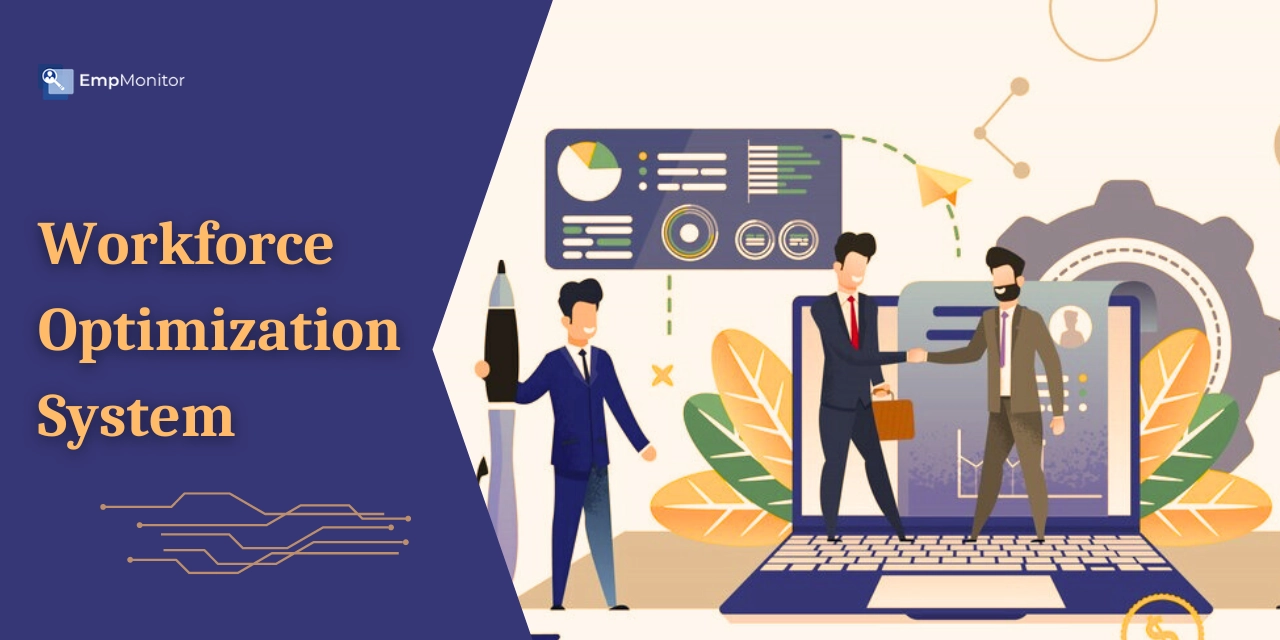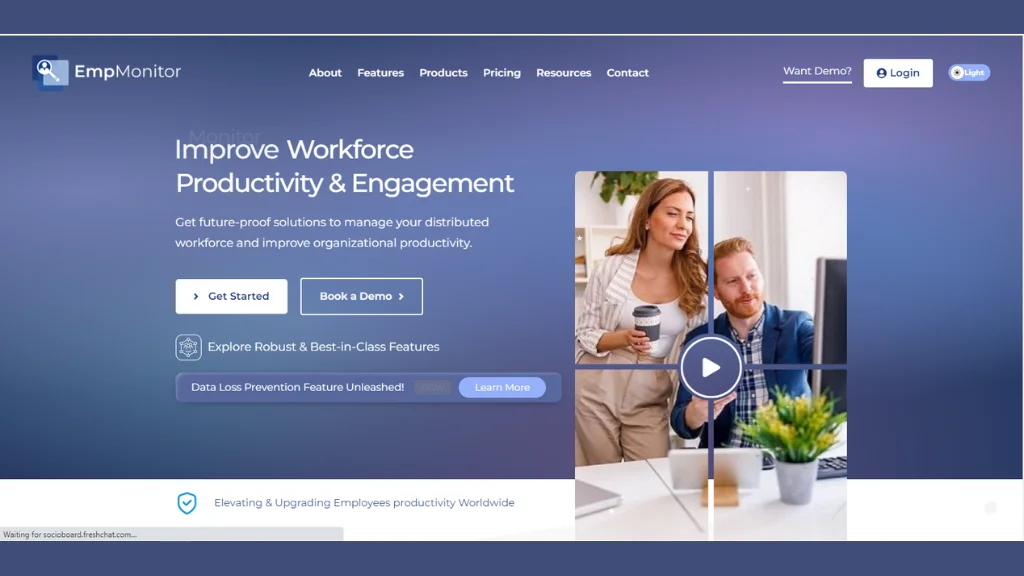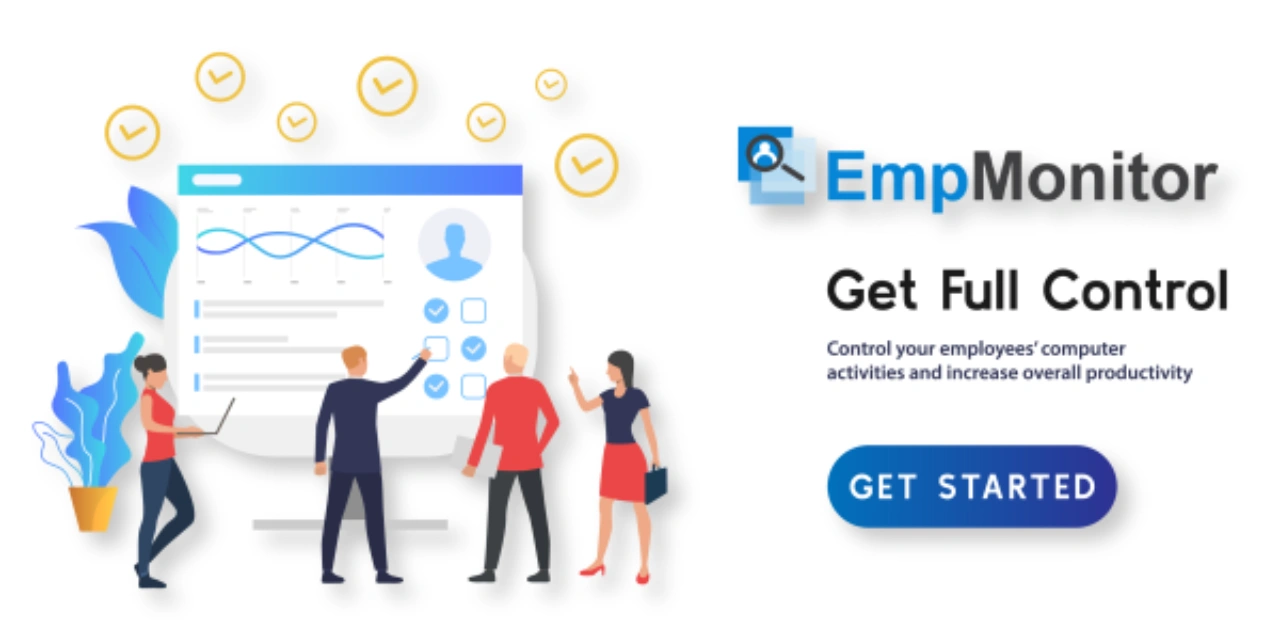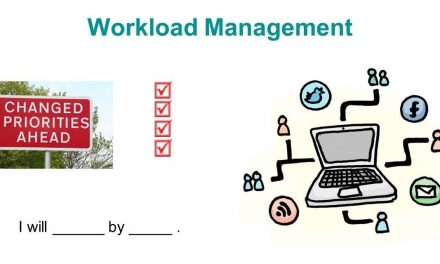Are you looking for the essential reasons to transform your organization into a workforce optimization system? Nowadays, companies seek innovative methods to streamline operations and enhance performance.
A workforce optimization structure or system integrates various tools and technologies to analyze, forecast, and manage human resources effectively. From scheduling and task allocation to performance tracking and resource allocation, these systems offer a comprehensive solution to enhance productivity and employee engagement.
By harnessing data analytics and automation, organizations can make informed decisions, allocate resources optimally, and adapt to changing demands seamlessly. In this blog, we have covered the essential sections that an organization should know. So, without any delay, let’s get going.
In a hurry? Listen to the blog instead!
What Is Workforce Optimization?
Workforce Optimization (WFO) encompasses a range of strategies and practices to enhance employee performance and organizational efficiency while reducing operational costs through data utilization. The primary objective of the workforce optimization system is to drive organizational success by optimizing processes across all facets of the company, from marketing to finance.
Fully implementing WFO yields numerous benefits, including cost reduction, enhanced efficiency, increased productivity, improved customer service, and error reduction. Crucially, data analysis helps in Workforce optimization strategies, encompassing metrics like Net Promoter Score (NPS), operational costs, customer satisfaction, employee performance, and work schedules.
Given the vast amount of data involved, technology plays a pivotal role in WFO. Integrating analytics, quality management, call recording, coaching, speech and text analytics, surveying, and feedback to optimize workforce processes effectively.
What Are The Vital Components of Workforce Optimization?
The following are the essential components of workforce optimization:
Workforce Planning and Optimization
An effective workforce optimization system hinges on four central aspects: anticipating the future, workforce needs, and strategic talent acquisition and recruitment. Anticipating future needs entails projecting workforce requirements based on growth projections, industry dynamics, and market trends, thereby bridging the gap between current and future demands through data-driven strategies.
Talent Acquisition
Talent acquisition is vital for workforce optimization as it ensures the recruitment of skilled individuals who align with organizational objectives. Securing talent that complements roles and fosters innovation enhances productivity, agility, and overall performance within the workforce.
Employee Shift Scheduling
Additionally, efficient employee scheduling and shift management become quite essential in the workforce management system. A dynamic scheduling system must balance business requirements with employee preferences, fostering flexibility while optimizing staff utilization.
Performance Management
Performance management is crucial for workforce optimization systems. It establishes clear goals, provides feedback, and identifies areas for improvement. By aligning individual and organizational objectives, it enhances productivity engagement and fosters a culture of continuous growth and development.
Improve Employee Retention Rate
Moreover, employee engagement and retention initiatives are imperative amidst the ongoing turnover challenges. Engaged employees are more productive and contribute significantly to organizational success.
What Is A Workforce Optimization Tool?
Workforce optimization software helps big companies because doing analysis and improvements by hand is too hard. This software makes many parts of workplace productivity better. For example, it looks at business needs such as the number of required workers, busy times, when workers are available, budget, skills, and work laws. Accordingly, it creates plans, schedules, and workforce forecasts improves the workforce optimization system.
However, if your organization has started looking for an optimization system, here are the things you should pay attention to.
Be easy to use
It needs to be simple because quick decisions happen, and firm software makes things difficult. It should look good, work well, and show updates fast.
Grow with the company
The optimization software needs to function across the entire company, covering all departments and roles.
Connect with other systems
This is important. It should work with the company’s other programs with popular HR apps like SAP, Sage, and BambooHR.
Be worth the money
This software costs a lot, so when picking one, make sure it has everything needed, plus extra benefits like good customer service, a phone app, and updates.
Why Do You Need A Workforce Optimization System?
Here are the top 5 essential reasons that you must know before optimizing your workforce
Reason-1 Efficiency
Workforce optimization system and tools streamline scheduling, task allocation, and resource management, reducing wasted time and effort.
Reason-2 Productivity
These tools ensure the correct employees are in their proper positions at the right times with the necessary skills. It helps to get the most work done and achieve better results.
Reason-3 Cost Reduction
Optimal workforce management solutions leads to cost savings through improved resource allocation, reduced overtime, and minimized operational inefficiencies.
Reason-4 Improved Customer Service
Improved scheduling and allocation of resources result in enhanced customer service levels, which in turn lead to increased satisfaction and customer retention rates.
Reason-5 Data-Driven Insights
Workforce optimization tools provide valuable insights into employee performance, customer interactions, and operational efficiency, enabling data-driven decision-making and continuous improvement.
Now that you have explored the essential reasons for optimization. It is also essential to stay updated with the trends to understand the market. Organizations have started using workforce management and software like EmpMonitor to manage the workforce and build a workforce optimization system.
Optimize Your Workforce With EmpMonitor
EmpMonitor is a comprehensive workforce management and employee monitoring software designed to track employee activities and boost productivity in the workplace. EmpMonitor empowers organizations to optimize employee productivity, ensure compliance, and maintain a secure and efficient work environment through its robust monitoring and analytics capabilities. Here are some of key features outlined in bullet points:
Real-time Monitoring
EmpMonitor provides supervisors with a live view of employees’ computer screens, allowing them to observe ongoing activities in real time. This feature enables immediate intervention if employees engage in unauthorized or non-work-related tasks during business hours.
Website and Application Monitoring
EmpMonitor tracks websites employees visit and the applications used during work hours. Supervisors can access detailed reports showing the time spent on different websites and applications. It aids them in a workforce optimization system that enables them to effectively identify time-wasting activities and enforce internet usage policies.
Time Tracking
EmpMonitor tracks and logs the duration employees allocate to different tasks and projects. By tracking time spent on various activities, managers can analyze productivity levels, identify inefficiencies, and make informed decisions regarding resource allocation and workload management.
Productivity Analysis
Productivity analysis is a crucial factor in the foundation of the workforce optimization system. EmpMonitor generates detailed reports and analytics on employee productivity, including time spent on productive tasks versus non-productive activities.
These insights enable managers to identify top performers, recognize areas for improvement, and implement strategies to optimize overall productivity.
Remote Monitoring
With the rise of remote work arrangements, it has become essential for employers to monitor their employees. With EmpMonitor, employers gain access to remote monitoring capabilities, allowing them to track employee activities regardless of employees’ location. This feature enables supervisors to maintain visibility and optimize their workforce accordingly, even when employees work from home or other remote locations.
Read More
Workforce Management, The Future Of The New Era…
Why Do We Need Workforce Management Solutions To Grow?
Strategies To Improve Workforce Optimization
Following are the strategies that can aid you in optimizing your workforce.
Aligning Workforce with Organizational Goals
Every employee must understand the core objectives of the organization and how their roles contribute to these goals. Establishing a shared vision fosters the workforce optimization system, and a high-performance culture, enhancing productivity and yielding better outcomes.
Embracing Data-Driven Decision-Making
Utilizing data and analytics offers valuable insights into employee performance and engagement. This informed approach guides critical decisions, such as recruitment and performance management, improving business effectiveness.
Utilizing Technology for Efficient Management
Technology plays a pivotal role in optimizing workforce operations. Tools like workforce management software and AI streamline tasks, enhancing efficiency and overall performance. For instance, Shifts by Everhour facilitates scheduling, attendance tracking, and payroll management.
Fostering a Culture of Continuous Improvement
Encouraging continuous learning and improvement cultivates a psychologically safe environment where employees can learn and grow. By staying updated on industry trends and enhancing their skills, employees contribute more effectively to the organization’s competitiveness and workforce optimization system.
Promote Diversity and Inclusion
Diversity and inclusion initiatives are integral to workforce optimization. They promote creativity, innovation, and broader talent acquisition strategies. A diverse workforce also ensures that all individuals feel valued and appreciated, contributing to organizational success.
The Bottom Line
Implementing a workforce optimization system is essential in today’s dynamic business landscape. By aligning workforce strategies with organizational goals, leveraging data-driven decision-making processes, and fostering a culture of continuous improvement, businesses can enhance productivity and achieve better outcomes.
Additionally, embracing flexibility in work arrangements and promoting diversity and inclusion further contribute to creating a positive and productive work environment. Organizations can streamline operations, maximize efficiency, and drive sustainable growth by prioritizing workforce optimization.













